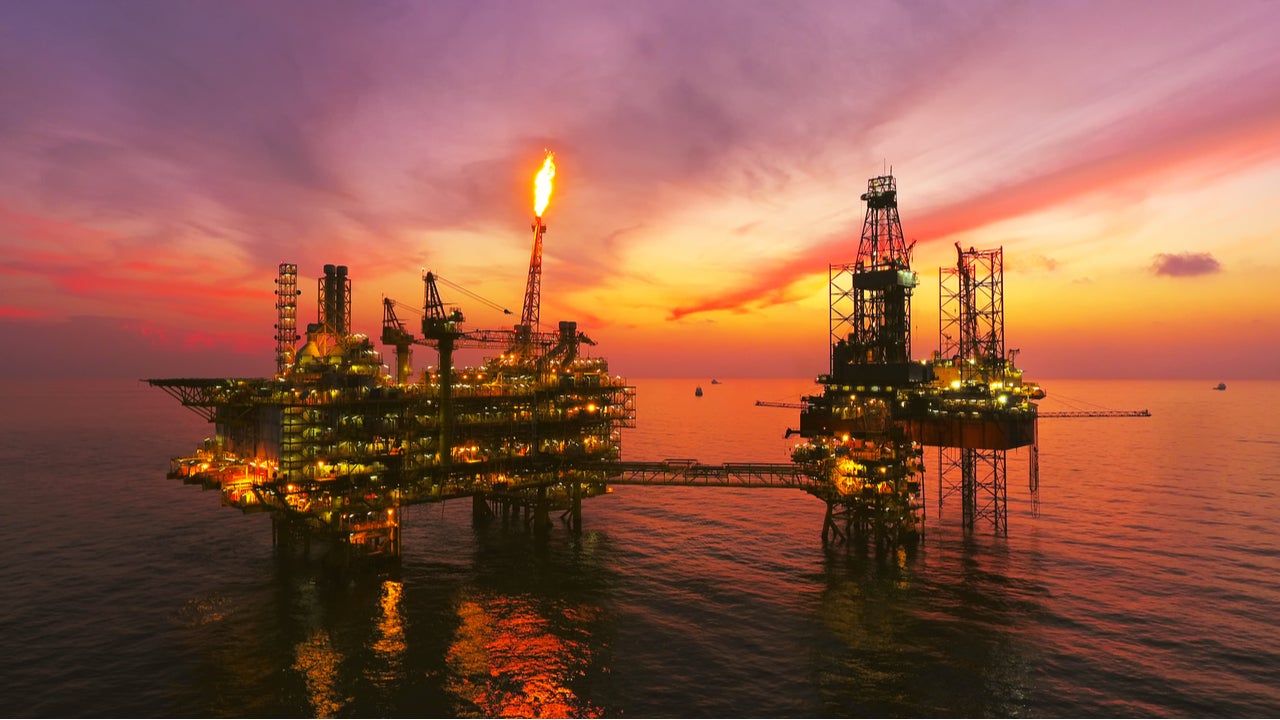Flaring occurs in upstream oil and gas whenever the natural gas component is uneconomical to harvest, and in midstream and downstream when it endangers safety. Various approaches, such as small-scale liquified natural gas (LNG), small-scale gas-to-liquid (GTL) and onsite power generation, are being considered to monetise associated gas in the country.
Listed below are the key technology trends impacting the gas flaring theme, as identified by GlobalData.
Small-scale GTL
Small-scale GTL involves production of marketable commodities from natural gas, such as naphtha, diesel, methanol, and waxes, in capacities ranging between few hundreds to a few thousands of barrels per day. The setup uses modular and portable designs of GTL plants, that can be installed easily at an oil production site.
These plants are suitable for remote locations and can be also scaled up due to their modular framework, and are found to be ideal for shale oil production facilities in the US, which are known to flare high volumes of natural gas each year.
Several small-scale GTL technology vendor companies, such as Velocys, CompactGTL, and GasTechno, are active in the US to cater to this niche requirement of shale players and other oil producers in the region.
Small-scale LNG
Small-scale LNG can also be an alternative to curb gas flaring by converting it into a marketable product. A plant with a daily capacity of 100,000 gallons (378.5 cubic metres) can cost about $45 million to set up. These plants are best suited for oilfields that flare a large volume of natural gas and are located in the vicinity of LNG bunkering hubs.
A US-based company, called EdgeLNG, has devised a portable modular small-scale LNG plant that can be set up on the back of a truck. It can produce 10,000 gallons of LNG per day. The truck can be moved to various locations of oil production sites and are operational within an hour of arrival. Such smaller, portable plants can be built can help curb gas flaring in US shale operations.
Satellites and drones to detect flaring
Satellite and drones are being deployed to track flaring as well as methane emissions from oil recovery sites in the US, Norway, Germany, and Russia, among others. The satellites are equipped with sensors, such as Sea and Land Surface Temperature Radiometer (SLSTR), which operate in shortwave and mid-infrared frequency ranges to detect heat signatures. These heat signatures are then analysed using trained algorithms to detect flaring.
Polar satellites, such as Sentinel-3, developed by European Space Agency, have been used to detect flaring. Drones are equipped with infrared sensors to detect gas flaring heat signatures. In some cases, helicopters are used if small drones cannot bear the payload of the sensing equipment.
TransCanada has deployed helicopters with laser spectroscope to measure methane concentrations in the atmosphere. Bluefield, Satelytics, and Bridger Photonics are some of the technology vendors that help in detecting emissions in the atmosphere.
This is an edited extract from the Gas Flaring – Thematic Research report produced by GlobalData Thematic Research.




